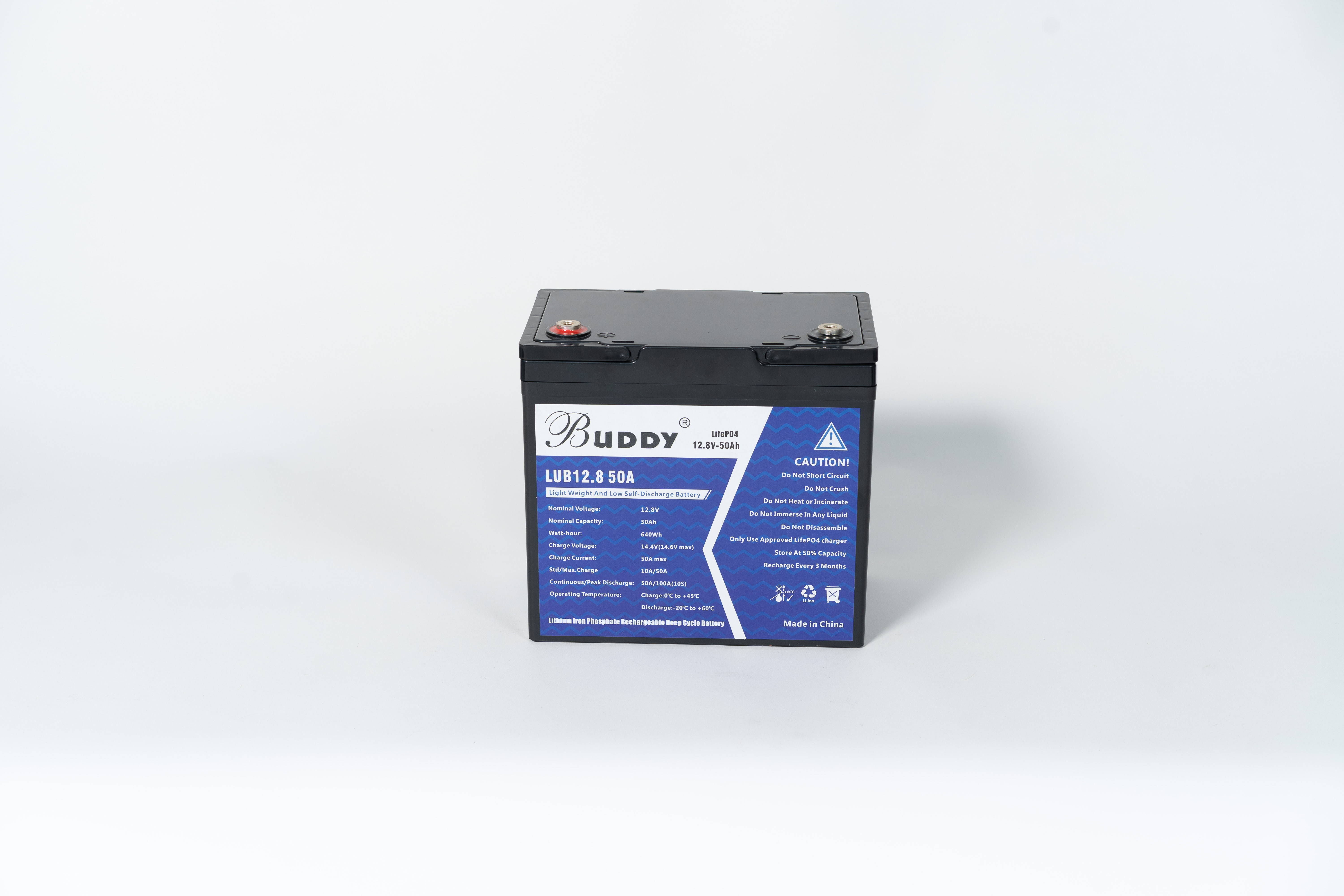In the realm of automotive technology, the lead acid battery holds a pivotal position, serving as the heart of the vehicle's electrical system. This venerable technology, while facing competition from newer battery chemistries, remains a staple in most conventional vehicles due to its reliability, cost-effectiveness, and widespread availability.

The automotive lead acid battery is essentially a rechargeable electrochemical device that converts chemical energy into electrical energy. It consists of a series of lead plates submerged in a sulfuric acid electrolyte. The interaction between these components produces the necessary voltage and current to power the vehicle's electrical components, including the starter motor, headlights, and other accessories.
One of the key advantages of the lead acid battery is its ability to provide high surge currents. This is particularly important in automotive applications where starting the engine requires a significant amount of power. The battery's robust design and chemistry allow it to deliver this power reliably, even under extreme conditions.
Moreover, the lead acid battery is relatively inexpensive compared to some of its modern alternatives. This is due to the widespread availability of raw materials and the mature manufacturing processes involved. This cost-effectiveness is a significant factor in its widespread adoption, especially in developing countries where automotive budgets are often tight.
However, the lead acid battery is not without its limitations. Its energy density, or the amount of energy stored per unit of weight, is relatively low compared to newer battery technologies like lithium-ion. This means that lead acid batteries tend to be bulkier and heavier, which can have an impact on a vehicle's fuel efficiency and overall performance.
Additionally, lead acid batteries require regular maintenance and care to ensure optimal performance. This includes periodic charging, topping up the electrolyte, and cleaning the terminals to prevent corrosion. Neglecting these maintenance tasks can lead to battery failure and potentially strand a vehicle.
Despite these limitations, the automotive lead acid battery remains a trusted and reliable component in the automotive industry. Its robustness and cost-effectiveness make it a suitable choice for many applications, especially in conventional vehicles that do not require the high-performance capabilities of newer battery technologies.
As the automotive industry continues to evolve, there is ongoing research and development aimed at improving the performance and lifespan of lead acid batteries. These efforts include exploring new materials, optimizing battery design, and developing advanced charging algorithms. These advancements hold the promise of further enhancing the reliability and efficiency of this venerable technology.
In conclusion, the automotive lead acid battery plays a crucial role in powering the electrical systems of millions of vehicles worldwide. Its reliability, cost-effectiveness, and widespread availability make it a staple in the automotive industry. While newer battery technologies may offer improved performance in certain areas, the lead acid battery remains a trusted and viable option for many automotive applications.